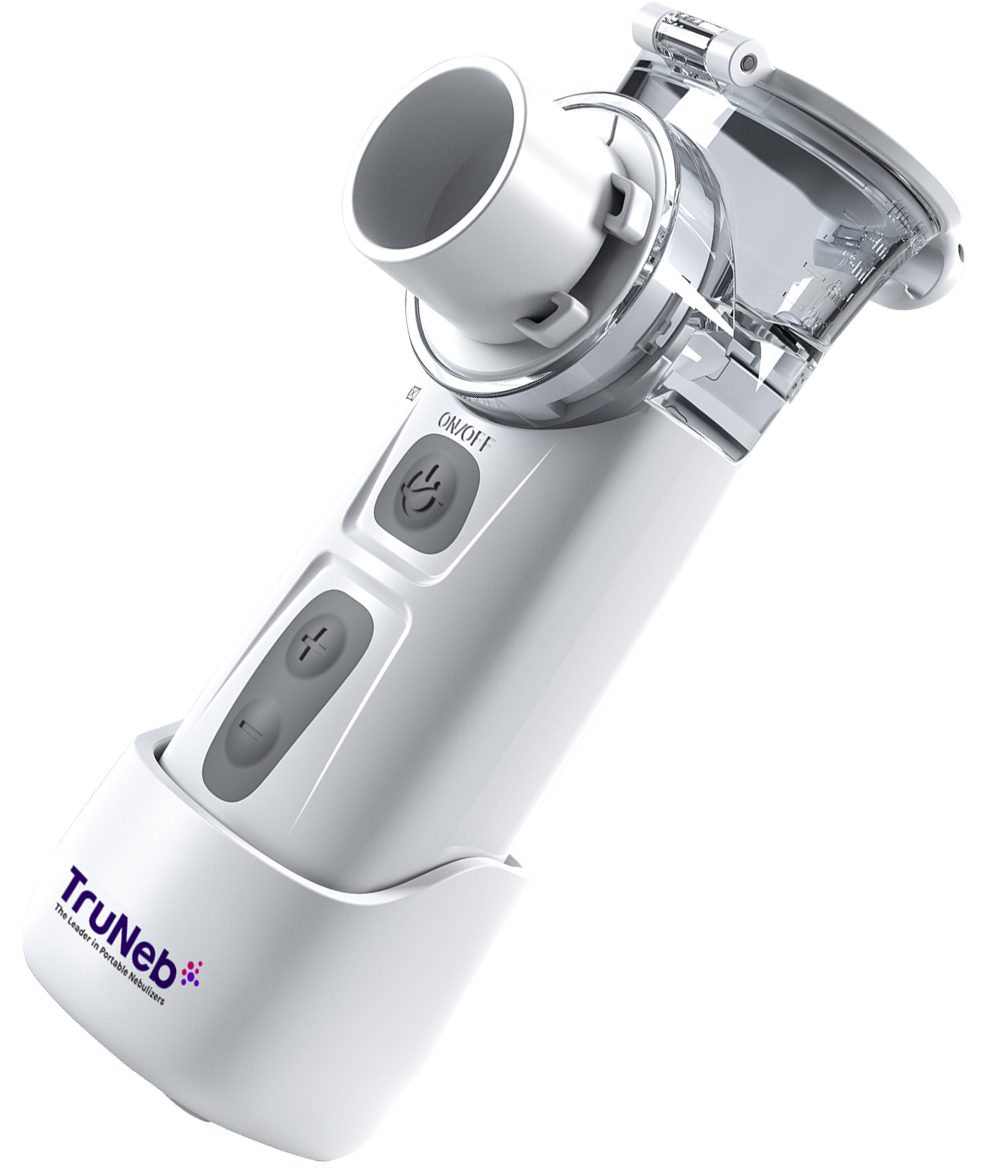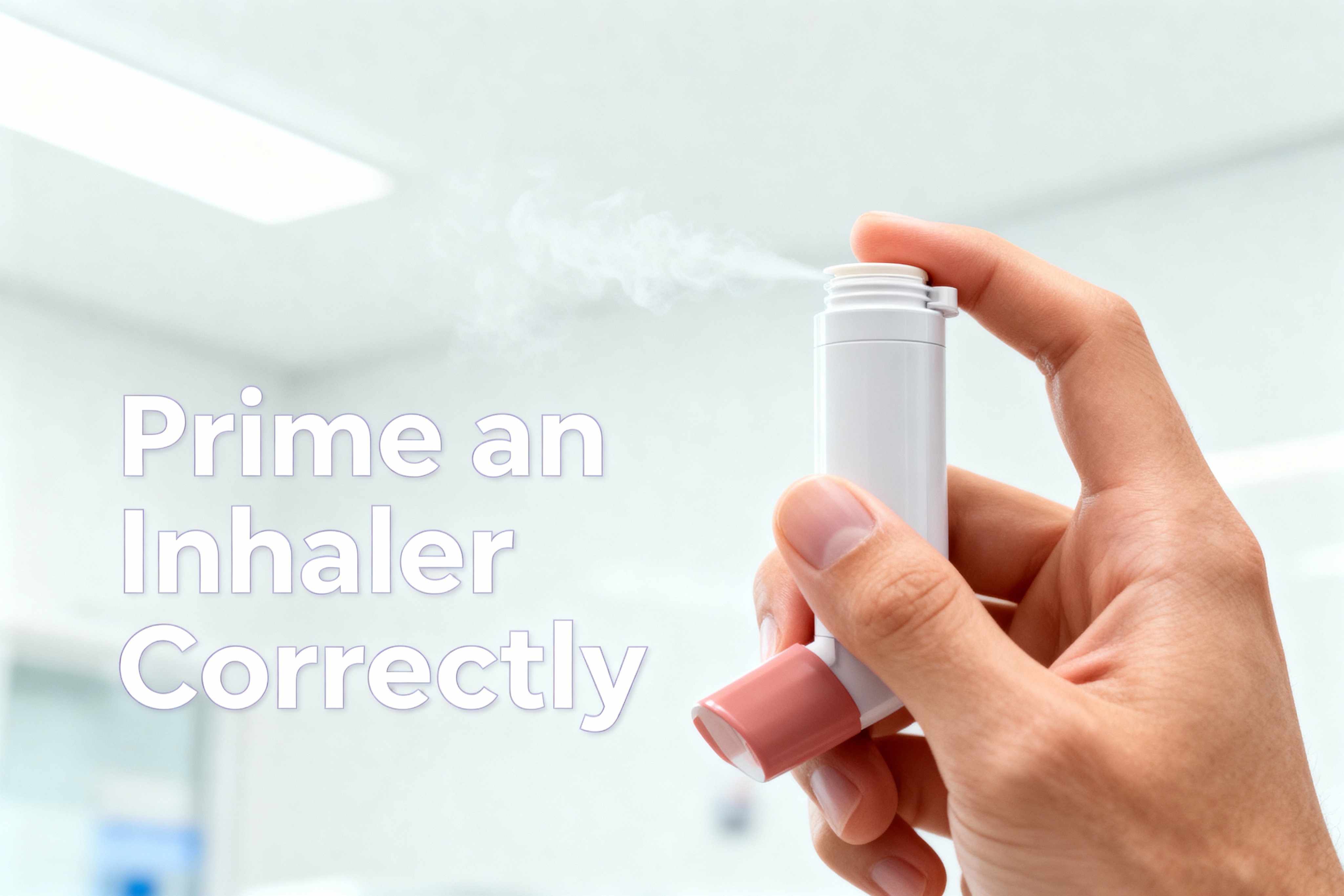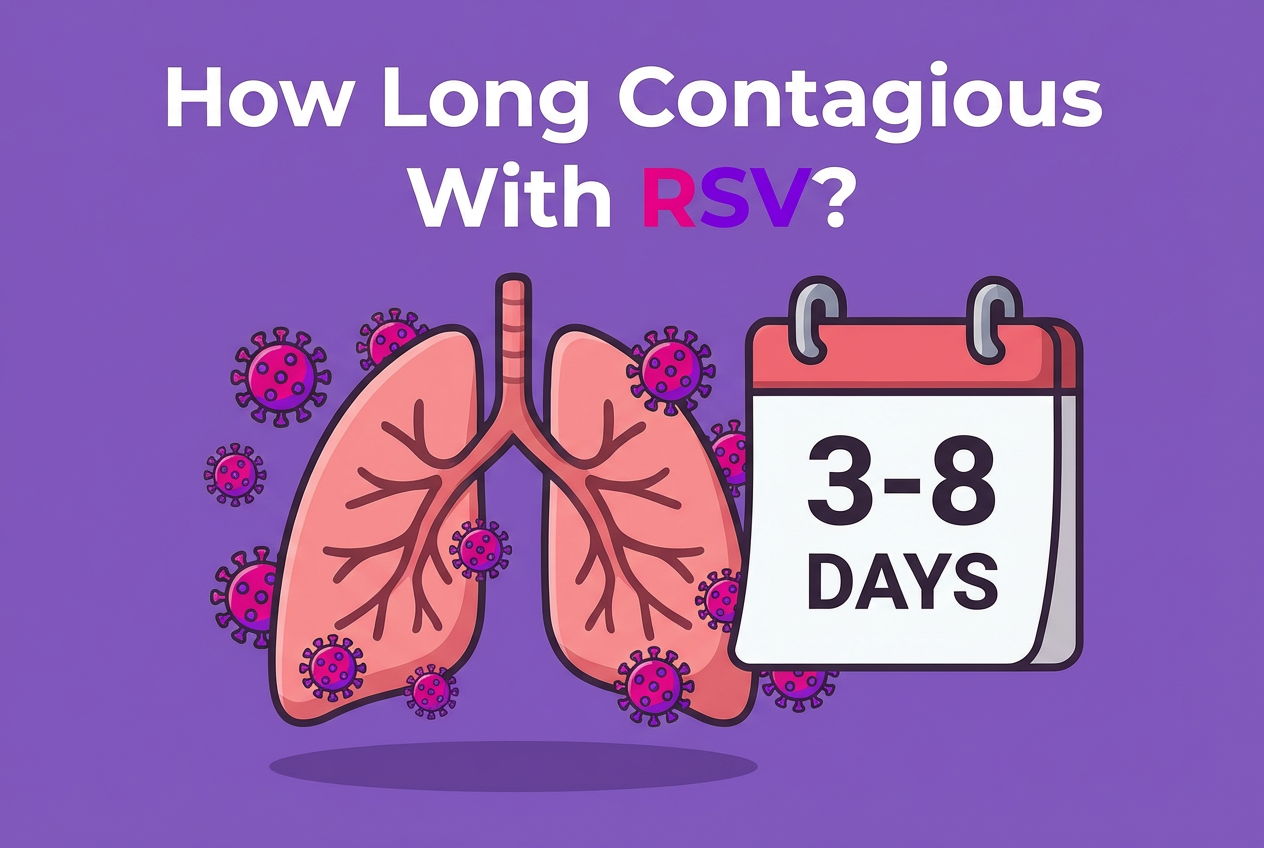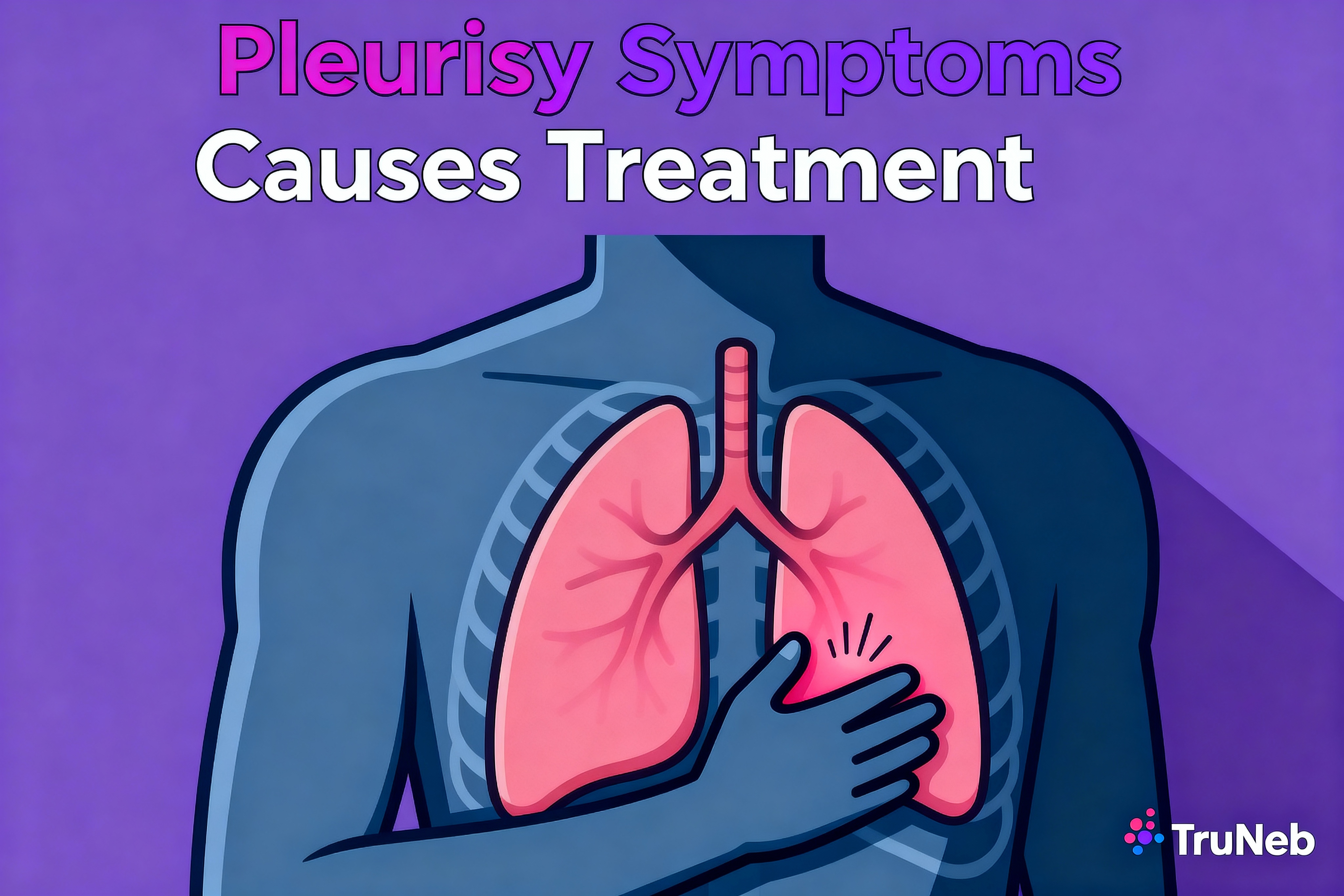On this page
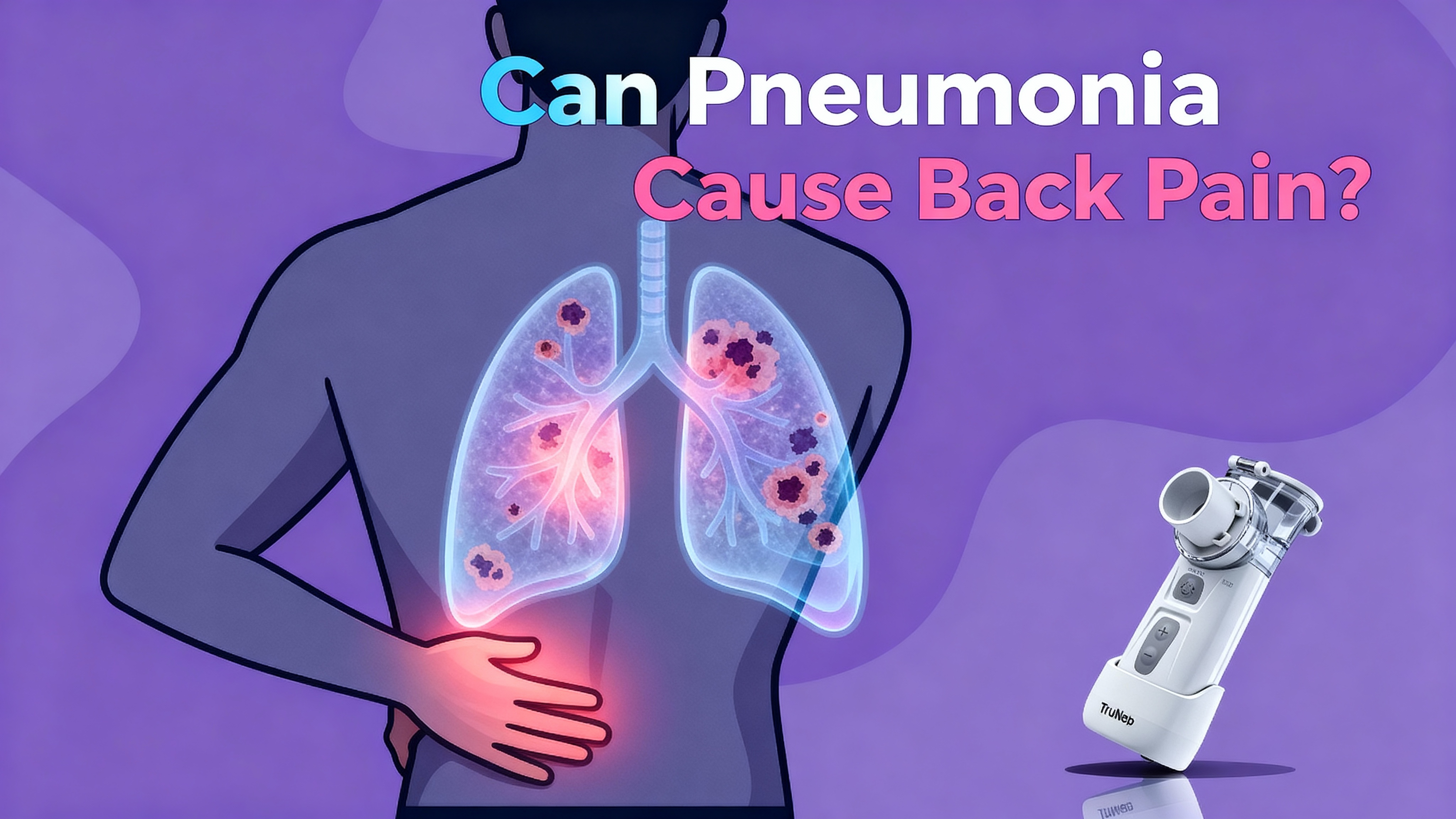
How Pneumonia Leads to Back Pain
Yes, pneumonia can cause back pain. A lung infection inflames the thin lining around your lungs (the pleura), which can create sharp upper back pain or chest pain, especially when you take a deep breath or cough. This is back pain when breathing deeply or coughing.
Inflammation of the Lungs and Pleura
The pleura are two slick layers that let your lungs glide as you breathe. When pneumonia irritates these layers, they rub instead of slide. That friction can trigger nerve pain doctors call pleuritic pain. If the back part of your lung is inflamed, you can feel it between your shoulder blades or along your upper/mid-back.
Coughing and Muscle Strain
Pneumonia usually brings hard, frequent coughing. Those coughing fits can strain your chest and back muscles. This causes a dull, sore ache that can sit on top of the sharp pleuritic pain.
Key takeaway: Back pain from pneumonia is usually sharp and worse with deep breaths or cough; muscle soreness from coughing can add a dull ache.
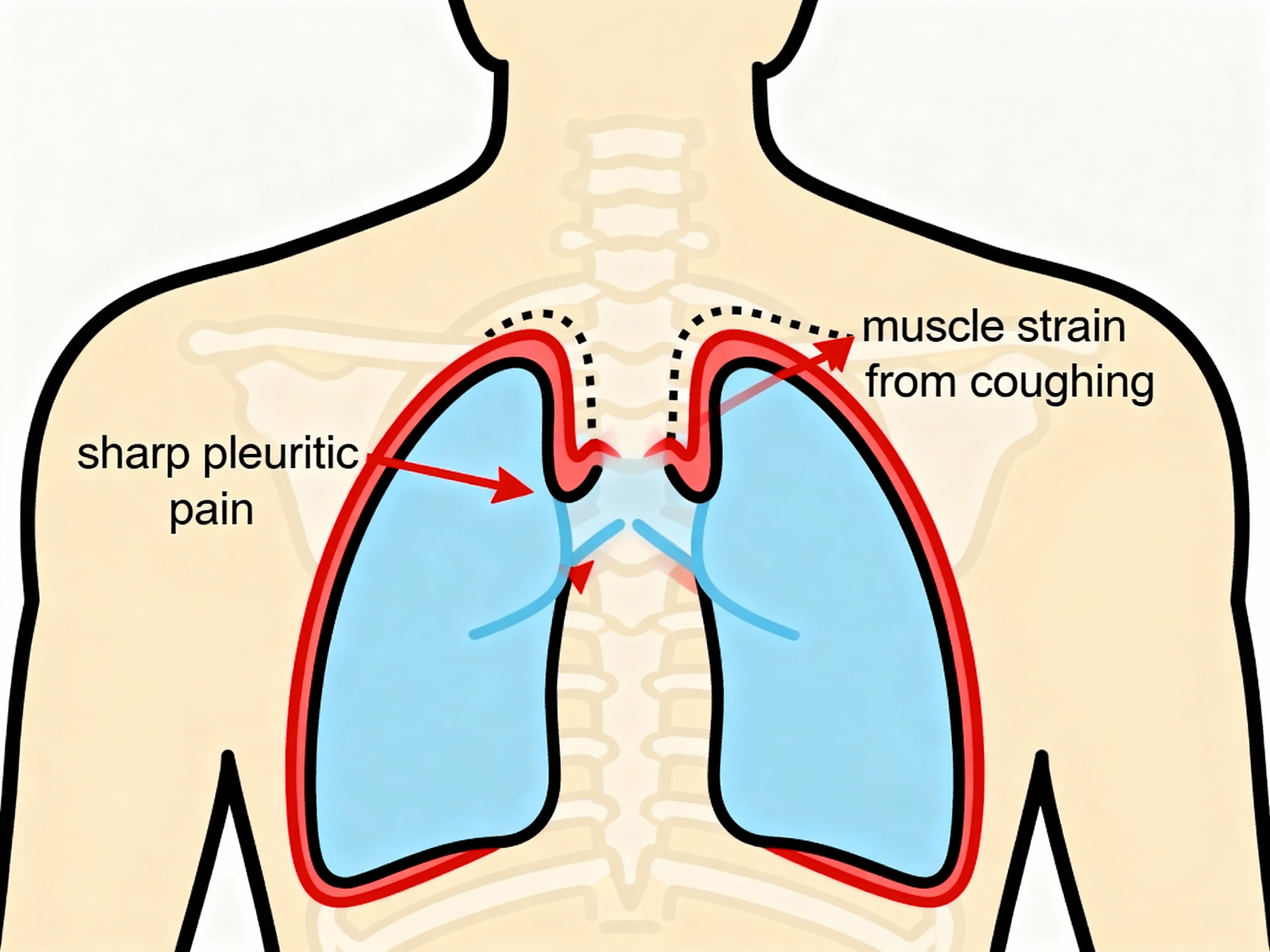
Signs and Symptoms of Pneumonia to Watch For
- Fever and chills: Typically 101°F/38.3°C or higher.
- Cough: Dry or with mucus that can be yellow, green, or rusty.
- Shortness of breath or fast breathing: Breathing can feel hard or shallow.
- Chest or back pain when breathing: Sharp, stabbing pain that worsens with deep breaths or coughing.
- Fatigue and weakness: Low energy that can feel out of proportion to a simple cold.
- Sweating and clammy skin: Especially during fever spikes.
- Loss of appetite, headache, or nausea: Common in many infections.
- Body aches or muscle soreness: Achy muscles from infection and coughing.
- Confusion in older adults: Can be a subtle early sign.
Quick check: Pain that flares with a deep breath plus cough and fever points to a lung cause.
Pneumonia Back Pain vs Other Causes
| Condition | Pain pattern | Worse on deep breath? | Other clues |
|---|---|---|---|
| Pneumonia (lung infection) | Sharp, stabbing chest/side or upper–mid back; dull muscle ache can overlap | Yes (pleuritic pain) | Fever, cough with mucus, shortness of breath, fatigue |
| Muscle strain | Achy or sharp, tied to movement or recent lift/twist | No (movement triggers) | Area may be tender; improves with rest/stretching; no fever/cough |
| Kidney infection | Deep ache in lower back/flank (often one side) | No specific link | Fever, painful urination, urgency, nausea |
| Heart attack | Pressure or tightness; can spread to back, arm, jaw | No | Chest pressure, sweating, nausea, shortness of breath—emergency |
| Pericarditis or pulmonary embolism | Sharp, sudden pleuritic pain (often sudden in PE) | Yes | Recent illness; relief leaning forward (pericarditis); travel/immobility or leg swelling (PE) |
Quick check: Back pain plus cough and fever is more likely lung-related; pain that is positional or tender to touch is more likely muscular.
When to See a Doctor
- Call a doctor soon if you have back or chest pain with: fever, cough (especially with colored mucus), or shortness of breath. Your doctor might order a chest X-ray and check your oxygen level (with a pulse oximeter).
- Go to urgent care or the ER if you have:
- Trouble breathing, fast breathing, or blue lips/fingertips
- High fever (102°F/38.9°C or higher) that won’t come down
- Severe chest or back pain that limits deep breaths
- Confusion, fainting, or extreme drowsiness
- Coughing up blood
Safety note: Talk to your doctor before trying a new medication.
Bottom line: Back or chest pain with fever, cough, or trouble breathing needs medical care.
Treating Pneumonia and Easing Back Pain
Treating the infection usually eases the pain. Bacterial pneumonia is usually treated with antibiotics. Viral pneumonia can improve with supportive care, and antifungals are used for certain fungal causes. Rest, fluids, and following your care plan are important. Some people with severe symptoms need hospital care for oxygen or IV medicines.
For pain and cough relief:
- Pain relievers: Acetaminophen or ibuprofen can reduce fever and ease pleuritic pain. Use as directed.
- Heat and comfort: A heating pad or warm shower can relax sore back muscles from coughing.
- Breathing support: Gentle deep-breathing and holding a pillow to your chest when you cough can ease sharp pain; your doctor might recommend these.
- Nighttime tips: Sleep slightly propped up to make breathing easier.
- Inhaled meds if prescribed: If your doctor prescribes inhaled bronchodilators for wheeze, a portable mesh nebulizer like TruNeb™ can help deliver the dose at home or on the go.
Note: Steam inhalers aren’t nebulizers and don’t deliver prescription medication.
If fluid builds up around the lungs (pleural effusion), your doctor can drain it to help you breathe and feel better.
Vaccines like the flu shot and pneumococcal shot lower the risk of pneumonia.
If you have kidney, heart, or stomach problems or take blood thinners, ask your doctor before using NSAIDs like ibuprofen.
Most people start to feel better within several days of proper treatment, though cough can last longer. If pain lingers or worsens, check back with your doctor.
Treating the infection typically eases both chest and back pain.
Frequently Asked Questions
Tap or click a question below to see the answer:
Ask: Do you also have fever, cough, or shortness of breath? Does a deep breath make it spike? Lung-related pain usually checks those boxes. If the spot is tender to touch or only hurts with twisting/lifting, it’s more likely muscular. A medical exam and a chest X-ray can confirm the cause.
It’s usually a sharp, stabbing pain that flares with deep breaths or coughing. A dull muscle ache from coughing can layer on top of that.
Yes, but it’s less common. Lower lobe infections can irritate areas closer to the lower back or flank. Look for other clues like cough, fever, and trouble breathing.
Resting in a semi-upright position usually helps you breathe easier and can reduce pain. Change positions regularly to stay comfortable.
Glossary of Terms
- Pleurisy (pleuritic pain): Inflammation of the pleural lining around the lungs that causes sharp pain, worse with breathing or coughing.
- Pleura: Two thin layers that surround each lung and normally glide smoothly as you breathe.
- Pleural effusion: Fluid build-up between the pleural layers that can cause pressure, pain, and breathing trouble.
- Thoracic: Relates to the chest and upper/mid-back area where the lungs sit.
Disclaimer: This article is for informational purposes and isn’t a substitute for professional medical advice. Always talk with your doctor about your symptoms and treatment.

